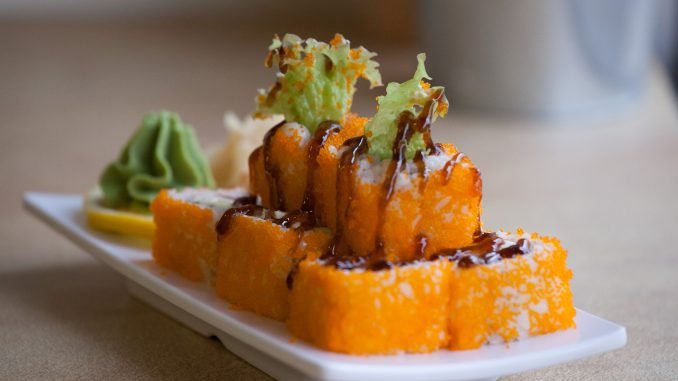
Data from the Maxima retail chain show that last year, compared to 2017, Lithuanians bought 80% more different types of sushi and sushi platters.
Vilma Drulienė, the Lithuanian retail chain’s head of commerce, explained the strong growth in demand by discussing consumers’ changing habits.
“Trends are showing us that, with time, the public’s need and desire to lead healthy lives is growing. Our busy lives don’t always let us prepare healthy dishes at home, which is why sushi is the perfect choice. When you get a dish at a shopping mall, you can eat it immediately, whether it’s your dinner or a lunch break. Although sushi is considered fast food, they are also valued as a healthier choice,” said V. Drulienė.
Maxima’s head of commerce also pointed out that, although sushi is a cold dish that can often be served as a snack, sushi sales aren’t a seasonal phenomenon. For example, although last year’s greatest sushi sales numbers were during December, when nearly 7,500 dishes were purchased, the numbers during other months were fairly similar.
“The data show that consumers don’t focus excessively on how the sushi is served. Demand for individually packaged sushi and sushi by weight – where customers assemble their own dishes – grew by nearly the same amount,” V. Drulienė said, summarizing the data.
Currently, Maxima offers 10 different sizes and combinations of pre-packaged sushi platters, and 29 different types of sushi. These can be assembled into an entire list of platters that will best meet each individual’s taste.
Based on Maxima’s sales data, demand for the Uramaki sushi with salmon saw the strongest growth last year, more than doubling compared to the previous year. Sushi roll popularity also skyrocketed, with demand growing by almost 40 percent. Sushi that were only added to their selection in 2017, of which there are more than 20 different kinds, are also growing more popular.
